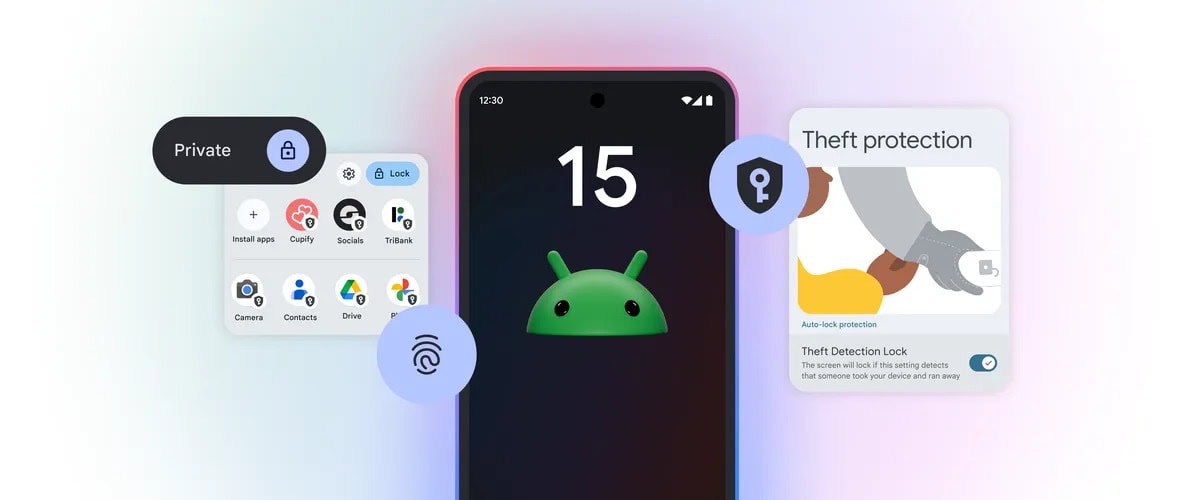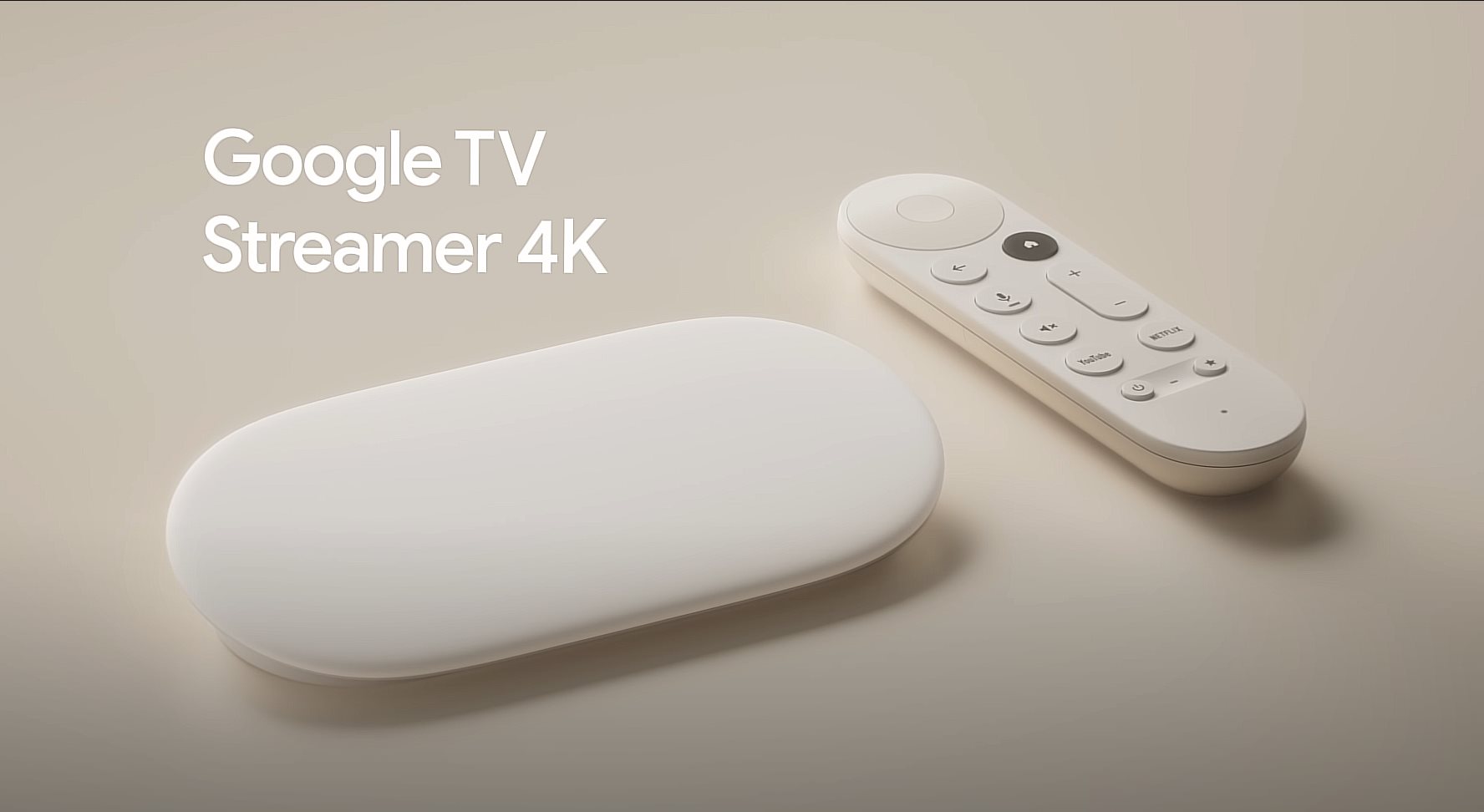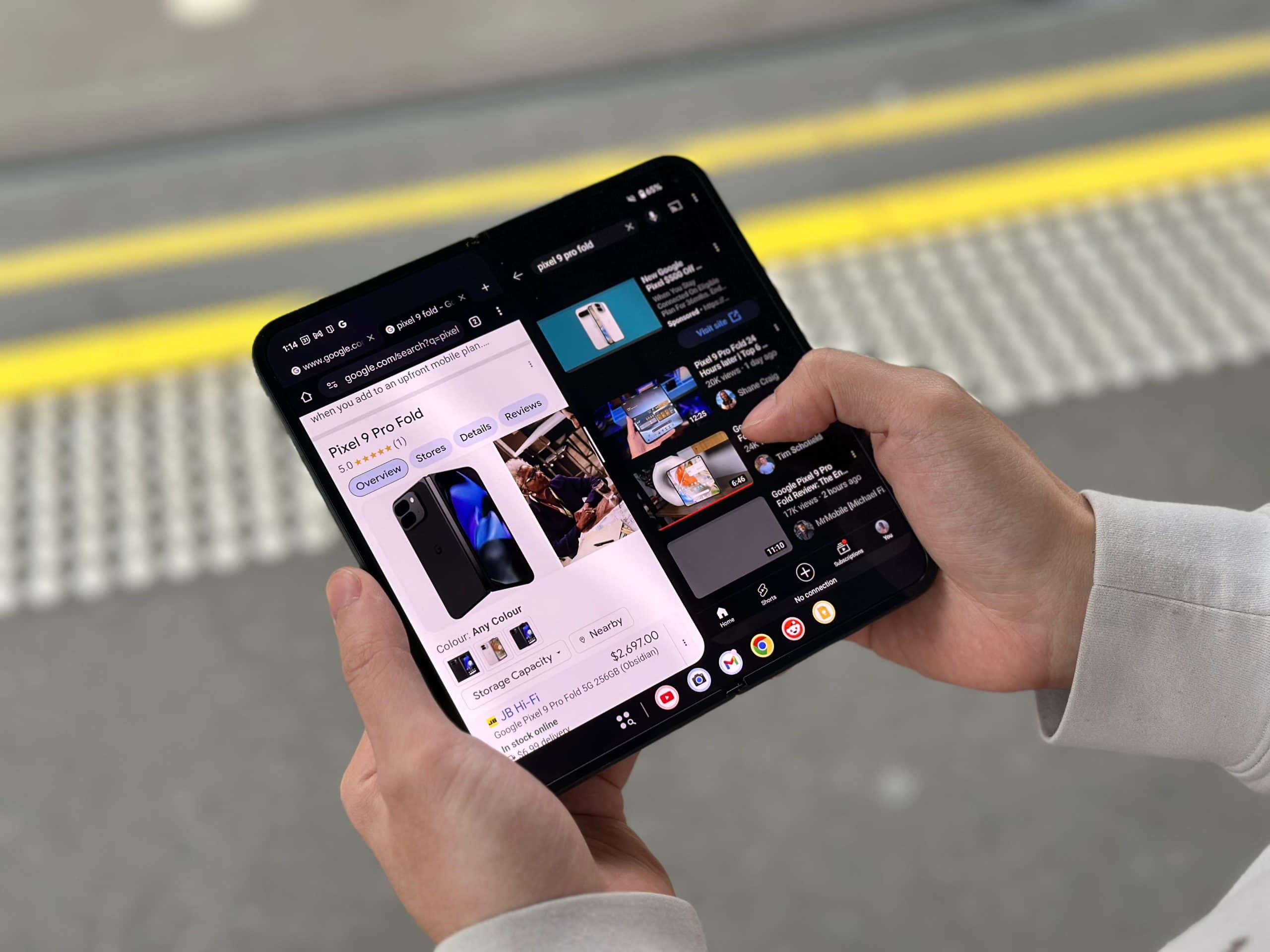And so, the hype about Android 16 is creating excitement; though we are still months away from when Google officially will launch, it already started leaking and paving the way for rumored adventures into the future. From AI enhancements to enhanced foldable support, this must continue to be a design that refines, refines, and refines the experience for you to seamlessly integrate leading-edge possibilities. Inside this guide, we dive deep into what Android 16 could bring, from the rumored codenames to new features probably arriving in 2025.
Android 16: A Peek into the Future of Android
When will Android 16 be available?
The annual Android release cycle is not as veiled as mystery as you’d need. Traditionally, Google’s I/O in May has been the place where the big updates for Android are announced, and that’s probably where we’ll get the first look at Android 16, but no official release date is confirmed, and that appears to be some time late in 2025, following on from its developer previews and beta versions available earlier in the year.
What to Expect from Android 16?
Although only at the starting gates, rumors surrounding Android 16 are beginning to take shape around a few key areas: AI integration, privacy enhancements, support for foldables, gaming performance, and a refreshed design language.

Improved AI Integration
Android 16 will require huge attention on Google’s Gemini because the software giant has already made it possible to introduce Google’s advanced AI model, Gemini, in the Android 15 version. Therefore, the software in Android 16 might be much more integrative this time. AI will get much deeper with almost every command focused on language translation going up to image recognition, offering real-time contextual response and recommendations across applications.
For instance, in Android 16, your apps will automatically be reorganized, or it will suggest more personalized content according to your habits in your smartphone. AI may extend to even more intelligent notifications, better assistant functions, and advanced video/image processing
Privacy and Security
As the threats posed by cyberspace grow in complexity, so does the security mechanism used by Google. It is reportedly that Android 16 would feature far more intimate controls on what data apps are allowed to access. Expect further biometric security options and real-time detection of threats and perhaps a couple of improvements to the encrypted messaging features.
Going by Google’s past practice of forcing upgrades in security, we can expect frequent security patches and perhaps enhanced user control over data through options such as real-time malware detection.
Foldable and Tablet Optimisation
While foldables are still a developing market, Android 16 is expected to support foldable phones even better through features such as improved app continuity that might allow users to switch between folded and unfolded modes quite frequently. It will be able to bring better support for multitasking on the foldable screen size as well. Google has been continuously working on UI enhancements for foldables, and with Android 16, it would be able to bring features like adaptive split-screen views and gesture improvements to optimize the foldable experience.
Are also getting much more attention recently and Android 16 may bring some tablet-centric features like desktop-style multi-window interfaces and split-screen management, which will make Android an even more versatile OS for larger screen
But the future looks pretty bright for mobile gaming with Android 16. Expectations are that graphics rendering is going to be better, which will minimize latency and support for complex gaming technology like Ray Tracing and Haptics. It is bound to happen as mobile gaming doesn’t seem to have an end point soon, so optimization on Android 16 will more or less be delivered with an eye on gamers’ fans, especially as new devices have higher refresh rates and power GPUs.
So, overall performance will be improved, too. Android 16 will look more after the resources, so if a user has an old phone, performance will be much smoother. It can relate to optimizing background processes and improvements in adaptive battery management, which will just make phones last longer during the day.
Rumor has it that Android 16 will come bearing a new design language, which would more than likely continue the evolution of Google’s Material You into a more dynamic and customizable UI. Fluid animations, adaptive themes, and widgets may form Android 16 as a tool for additional control of the look and feel of the phones on the end users’ devices.
Even though the full roster of devices that will get this upgrade will be finalized nearer to release, we can expect Google Pixel devices and other newer flagship phones from makers like Samsung, OnePlus, or Xiaomi to be the first on the list. In general, it comprises devices that have been launched within a few to three years of an Android 16 rollout but are less likely to get the update if they are older for hardware-related reasons.
Wrapping It All
Android 16 claims to be a major step of sorts that learns from the core sanctity of updates of the earlier versions but tries innovations. From AI-led updates powered through the new Gemini AI towards better controls over privacy and foldable optimizations, Android 16 is going to take the current experiences on mobile devices to newer dimensions. The clearances for what’s to come will become better with the emergence of more leaks and rumors, but for now, the promises are soaring across the horizon with Android.



